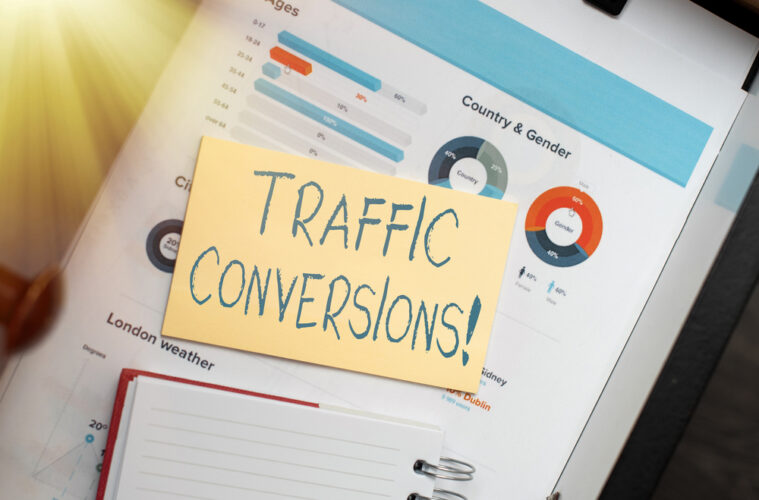Capturing data is evolving, including the type of data we can collect. In fact, many social media platforms have changed their conversion APIs to the point that web pixels and cookies can no longer collect that data.
So how do you stay up with the times, especially in the ever-changing landscape of consumer privacy and the general data ecosystem?
With so many new hurdles to sort your way through, such as browser restrictions and ad blockers, you need new ways of capturing and sharing the data that allows your business to thrive. Luckily, there are many new and innovative ways to use conversion APIs to enhance your data warehouse—especially when you combine it with Reverse ETL.
What is a Conversion API?
If you are looking at using conversion API for your business and data warehouse, then it is important to understand what it does and why it actually matters. In today’s digital advertising landscape, every ad platform will essentially provide you with code or web pixel that enables you to capture data and send it to your warehouse.
This not only helps you create better ads in the future but also creates detailed customer audiences and remarketing strategies. But since many major browsers now prohibit third-party cookies and numerous people are using ad-blockers, you need to find a different way to capture this data. In fact, the unreliability of web pixels and cookies went to such an extreme that Facebook had to issue an apology because their reportings for web conversion were underreported by over 15%!
This is where conversion APIs come in. They are similar to a web pixel but better because the data they collect is shared on the server side, allowing you to manage it directly. This way of tracking conversions also gives you more flexibility and diversity in capturing data.
Conversion APIs are evolved enough to get you data from online conversions and at any stage in a customer journey. With fewer network issues, they are also way more reliable and accurate. At the end of the day, you want your data to be reliable, trustworthy, and honest. Conversion API is your best way to do just that in the current data environment.
How is it Different from Pixels?
What is the difference if conversion APIs capture the same information as pixels? The main factor really comes down to the actual data. Web pixels are limited in how they can capture and share data that is not directly owned by you. They are fueled by cookies and tracking from a third-0party, making it hard to get sent back to your data warehouse and used productively.
Conversion APIs are different because they are not reliant on third parties. In fact, they use first-party data through your own internal servers. They are not limited by anyone’s browser settings or cookies, and there are no limitations on data you can send or collect when triggered by server events.
How to Utilize Conversion APIs
So how do you get conversion APIs into your own data ecosystem? While there will be a time-consuming period of engineering it all, it is not hard to do with the right architecture and implementation.
You will want to rely on your data warehouse to help with this. Storing your conversion events in your own data warehouse allows you to reap the full spectrum of benefits that conversion APIs are designed to bring you.
For example, if your data engineering team wants to use data for a report, they can set up key trigger events that capture data around purchases, subscriptions, or newsletters. They can then use this information to drive their own business decisions and strategies.
Using your data warehouse will also ensure you get the 360-degree view of your data that conversion API is designed to provide. The warehouse can also store conversions your web pixels could not capture, such as purchases not made online or post-purchase events like product returns.
Success Stories
There is one success story in particular that we want to highlight. A company known as Imperfect Foods was able to actually reduce their CAC significantly once they implemented conversion API. Since they got this going and relied on their server to track the data, their reactivations grew by over 50%. The stats do not lie. Imagine the success you can experience with a similar data ecosystem.
Conclusion
Conversion API is the way of the future. They will help you revolutionize the way you use your data warehouse. They will also help you integrate data into your organization most helpfully and beneficially!

